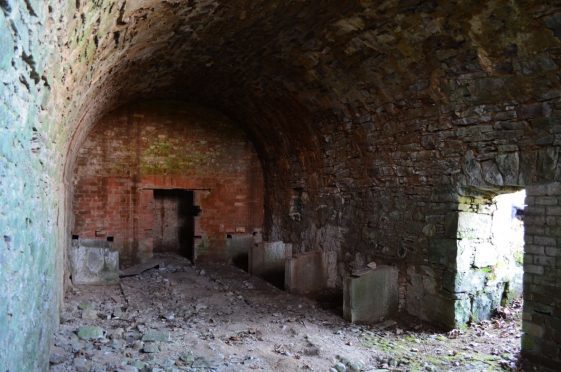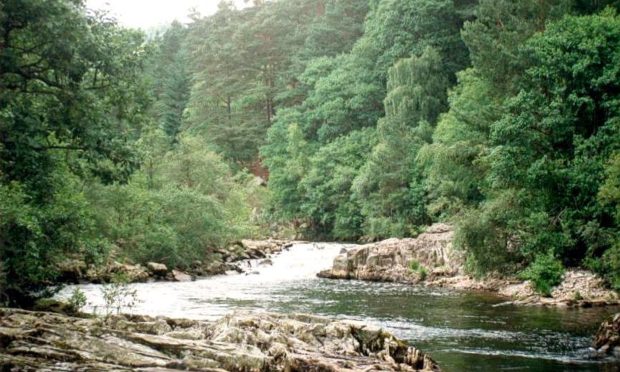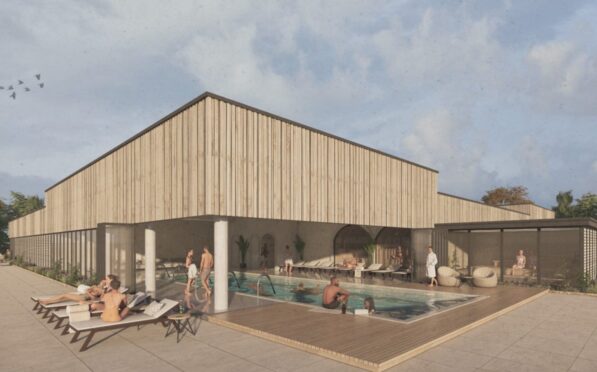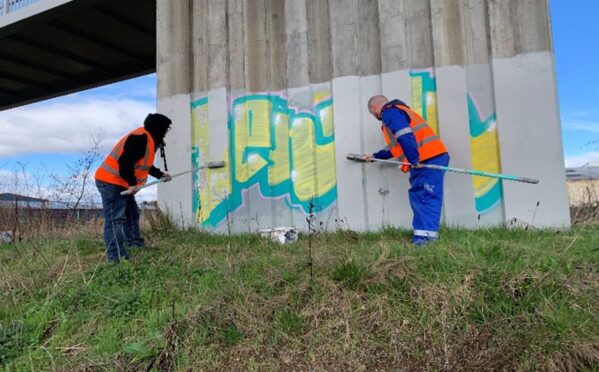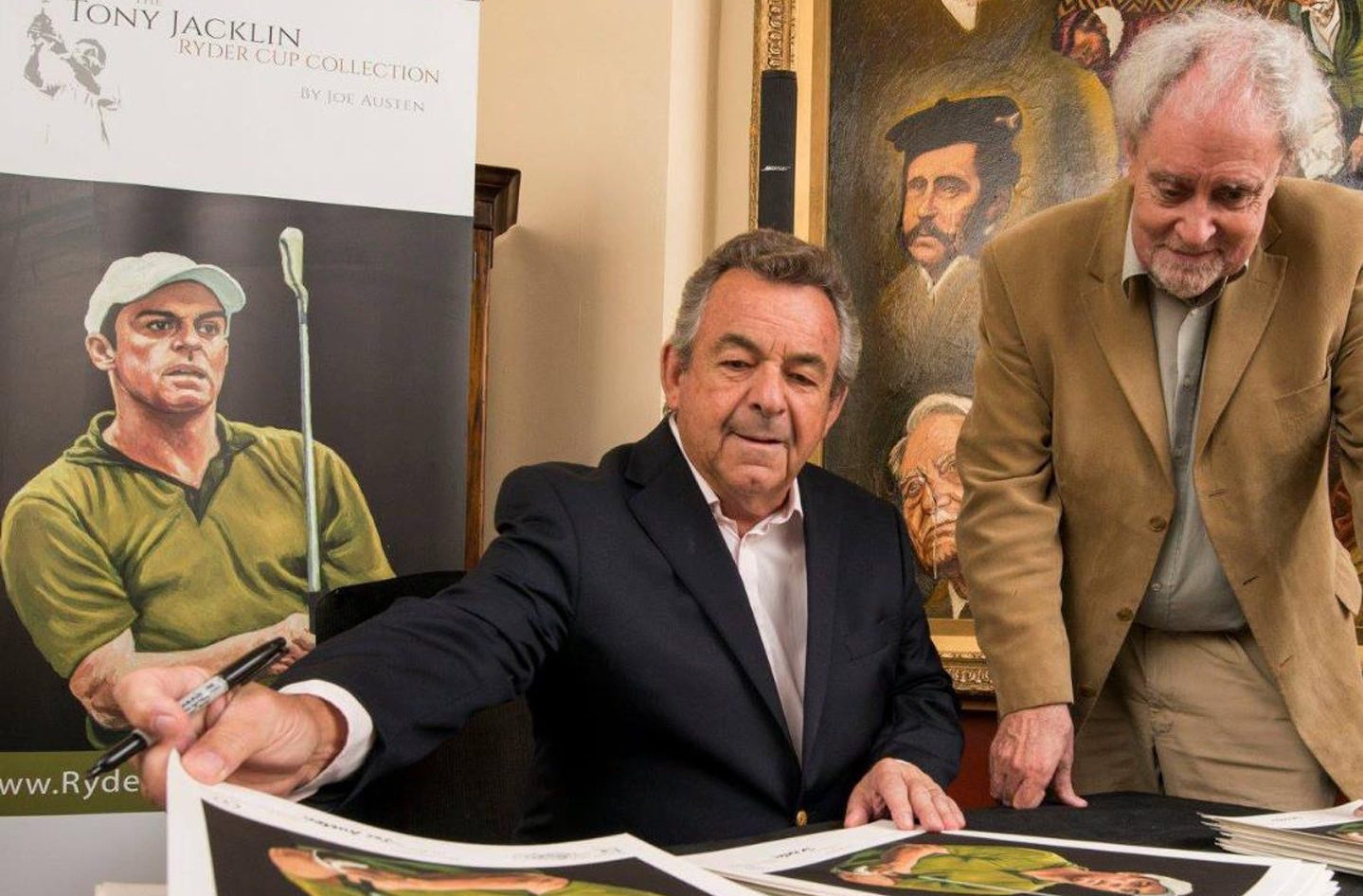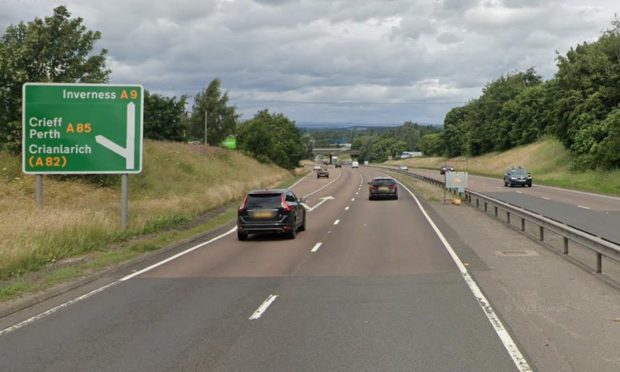Historians are seeking special protection for a mystery ruin on the Murthly estate in Perthshire after summer excavations threw up fresh questions about the building’s wartime purpose.
Members of West Stormont Historical Society are proposing that Dalpowie Lodge and grounds be accepted into Archaeology Scotland’s Adopt a Monument scheme.
Their interest has been particularly piqued by a building known as “the icehouse”, which may now be the focus of further investigations to try to determine its true nature.
The stone structure on the estate’s western edge held a particular fascination for members of the society and visiting archaeologists, who spent the summer surveying the remains of Dalpowie Lodge and its outbuildings and gardens as part of the Year of History, Heritage and Archaeology.
The society’s Trish Strang explained: “During the survey workshops, society members and the archaeologists were intrigued by one of the last surviving ruins in the grounds.
“It may once have been an icehouse but its size and certain ‘anomalous features’ have caused a lot of head scratching among the experts as to its true purpose.
“Additional brick-work partitioning of Second World War vintage hints at a wartime purpose as yet unidentified.”
The survey work was given the enthusiastic support of landowner Thomas Steuart Fothringham.
The society now wants Dalpowie Lodge and grounds, including the icehouse and another ruin still to be investigated, to be accepted into the Adopt a Monument scheme.
The status has already been awarded to the Perthshire villageof Braco, where locals are looking to better record and protect its past, Roman and otherwise.
Dalpowie Lodge itself has a fascinating history and was in continuous use from 1735 until its destruction a little over two centuries later.
It was known as The Hospital, prior to its purchase by the adventurer and military officer Sir William Drummond Stewart.
He filled it with souvenirs of hunting trips in the American west and spent much time there surrounded by the bison he had brought back to Scotland
In the 1880s, it was leased by the renowned English artist Sir John Everett Millais, who called it Birnam Hall and used it as a base for indulging his passions for shooting, fishing and landscape painting.
In 1917, the house became an actual hospital – one of several volunteer auxiliary hospitals across Perthshire – providing 35 beds for wounded servicemen.
War returned to Dalpowie in 1943 when it was requisitioned by the War Department and the castle’s wooded surroundings were used to store ammunition, explosives and other munitions.
After the war, it was sold to a contractor who demolished it and recycled the stone into new cottages for Hydro Electric Board workers in Pitlochry.
The icehouse, one of the last surviving ruins in the grounds, was the focus of this summer’s project, which taught participants techniques for surveying, measuring, photographing and recording foundational ruins.
Further details of the summer activities at Dalpowie will be revealed as West Stormont Historical Society stages its annual general meeting in Stanley Village Hall on Monday October 23 at 7.30pm.
